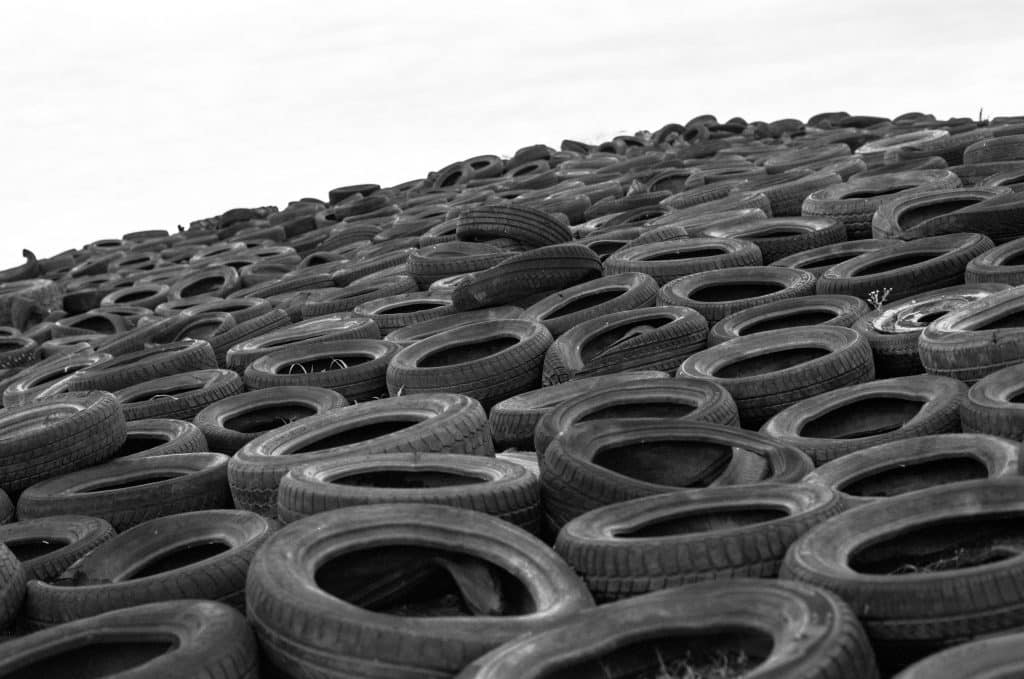
The disposal of waste tires has long been an environmental challenge, contributing to landfills, pollution, and health hazards. However, advancements in recycling technologies have paved the way for converting waste tires into valuable materials such as carbon black. This sustainable approach not only addresses waste management issues but also reduces the dependence on fossil fuel-derived carbon black used in various industries.
Production Process of Carbon Black
Carbon black from waste tires is primarily obtained through pyrolysis, a thermal decomposition process in the absence of oxygen. The key steps involved in the production process include:
- Shredding and Pre-Treatment – Waste tires are shredded into smaller pieces to facilitate efficient pyrolysis.
- Pyrolysis Process – The shredded tires are subjected to high temperatures (300–700°C) in an oxygen-free environment, breaking them down into pyrolysis oil, gas, steel, and char.
- Carbon Black Recovery – The char obtained from the pyrolysis process is further refined to extract carbon black, removing contaminants such as steel and non-carbonaceous materials.
- Upgrading and Grinding – The recovered carbon black (rCB) is processed to enhance its quality, including particle size reduction, surface modification, and impurity removal.
Applications and Benefits

Recovered carbon black has numerous industrial applications, serving as a cost-effective and eco-friendly alternative to traditional ones. Some key applications include:
- Rubber Industry – Used as a reinforcing filler in tires, hoses, and conveyor belts.
- Plastics and Polymers – Enhances UV resistance and mechanical properties of plastic products.
- Coatings and Inks – Provides pigmentation, conductivity, and durability in paints, coatings, and printing inks.
- Battery Manufacturing – Acts as a conductive additive in lithium-ion batteries.
Environmental and Economic Advantages

The production of carbon black from waste tires offers several benefits, making it an attractive solution for both environmental sustainability and economic feasibility:
- Waste Reduction – Diverts millions of waste tires from landfills and illegal dumping sites.
- Lower Carbon Footprint – Reduces greenhouse gas emissions compared to conventional carbon black production.
- Energy Savings – Utilizes pyrolysis oil and gas as alternative energy sources, improving overall process efficiency.
- Cost Competitiveness – Provides an affordable alternative to virgin carbon black, reducing production costs for industries.
Challenges and Future Prospects
Despite its potential, the commercialization of recovered carbon black faces challenges such as quality variability, regulatory compliance, and market acceptance. Ongoing research and development efforts focus on improving refining techniques, standardizing product quality, and increasing industry adoption.
As the global push for sustainable materials intensifies, the market for carbon black derived from waste tires is expected to expand. Innovations in pyrolysis technology and enhanced processing methods will further strengthen its role as a viable and environmentally friendly alternative to traditional methods
Carbon Black in a nutshell
The production of carbon black from waste tires presents a promising solution to address both environmental concerns and industrial demands. By integrating advanced recycling techniques, industries can contribute to a circular economy while benefiting from cost-effective and sustainable raw materials. As technology advances, the potential for wider adoption and greater efficiency in carbon black recovery will continue to grow, making it a crucial element in the future of sustainable manufacturing.
Contact us to learn more about carbon black in Thailand.




